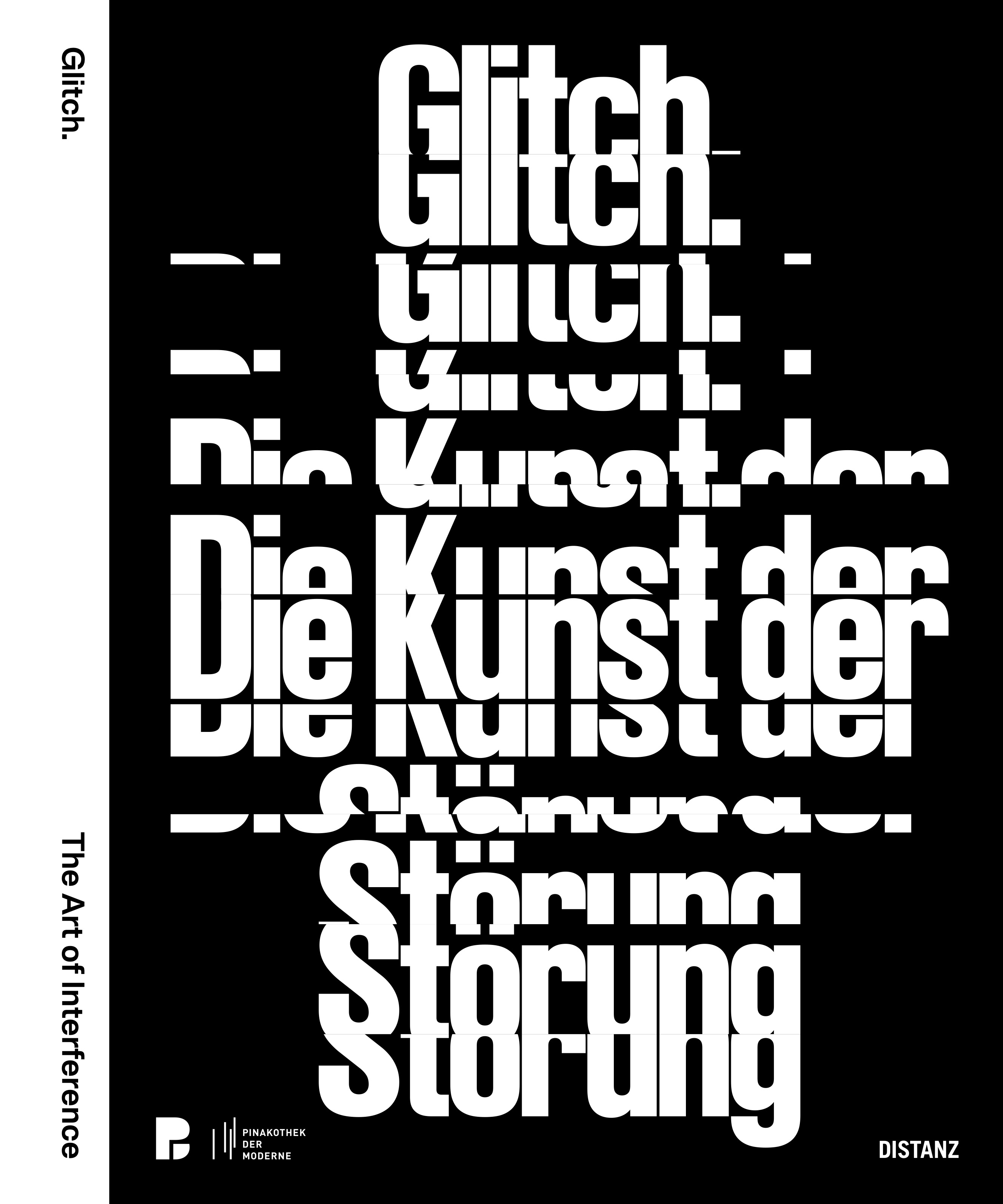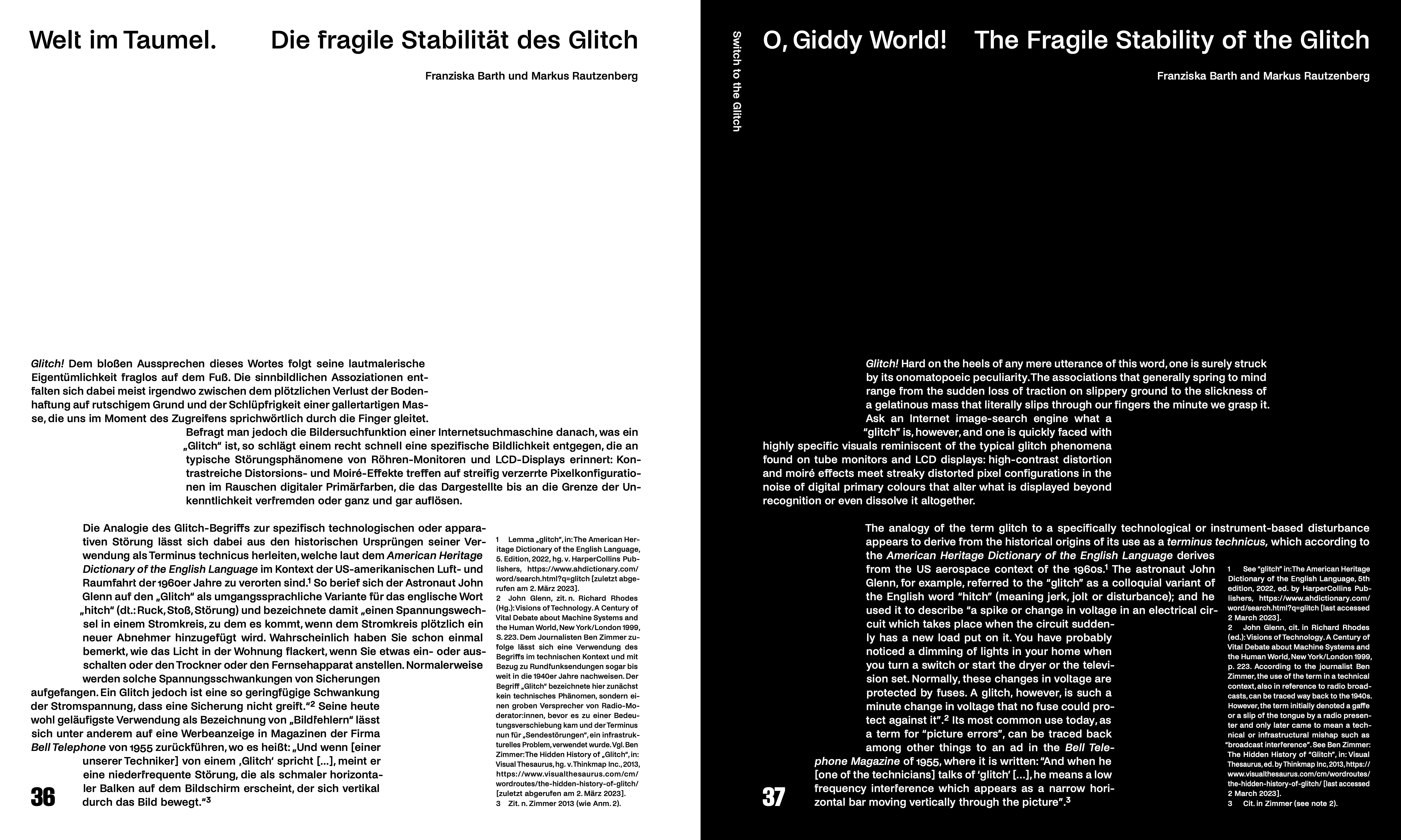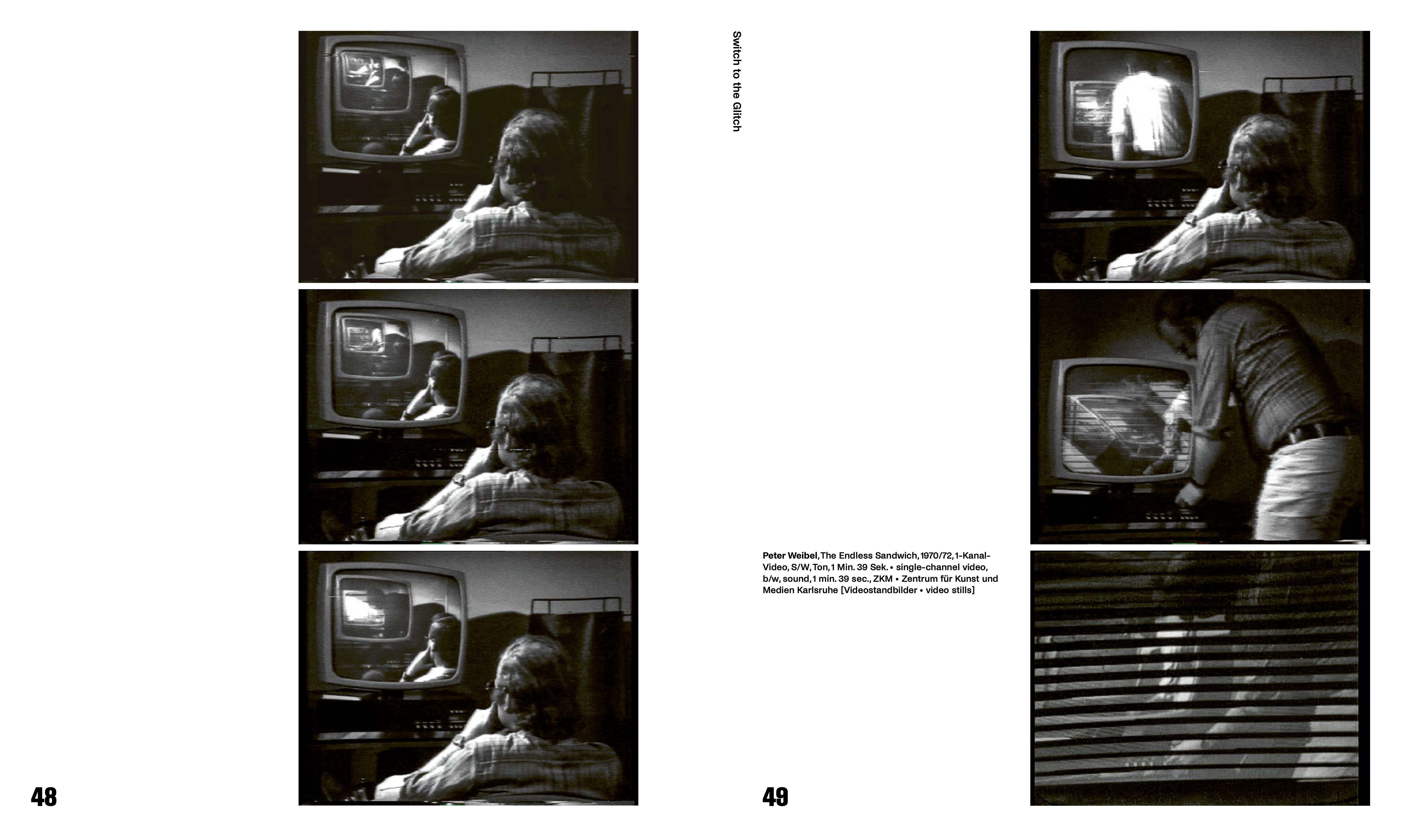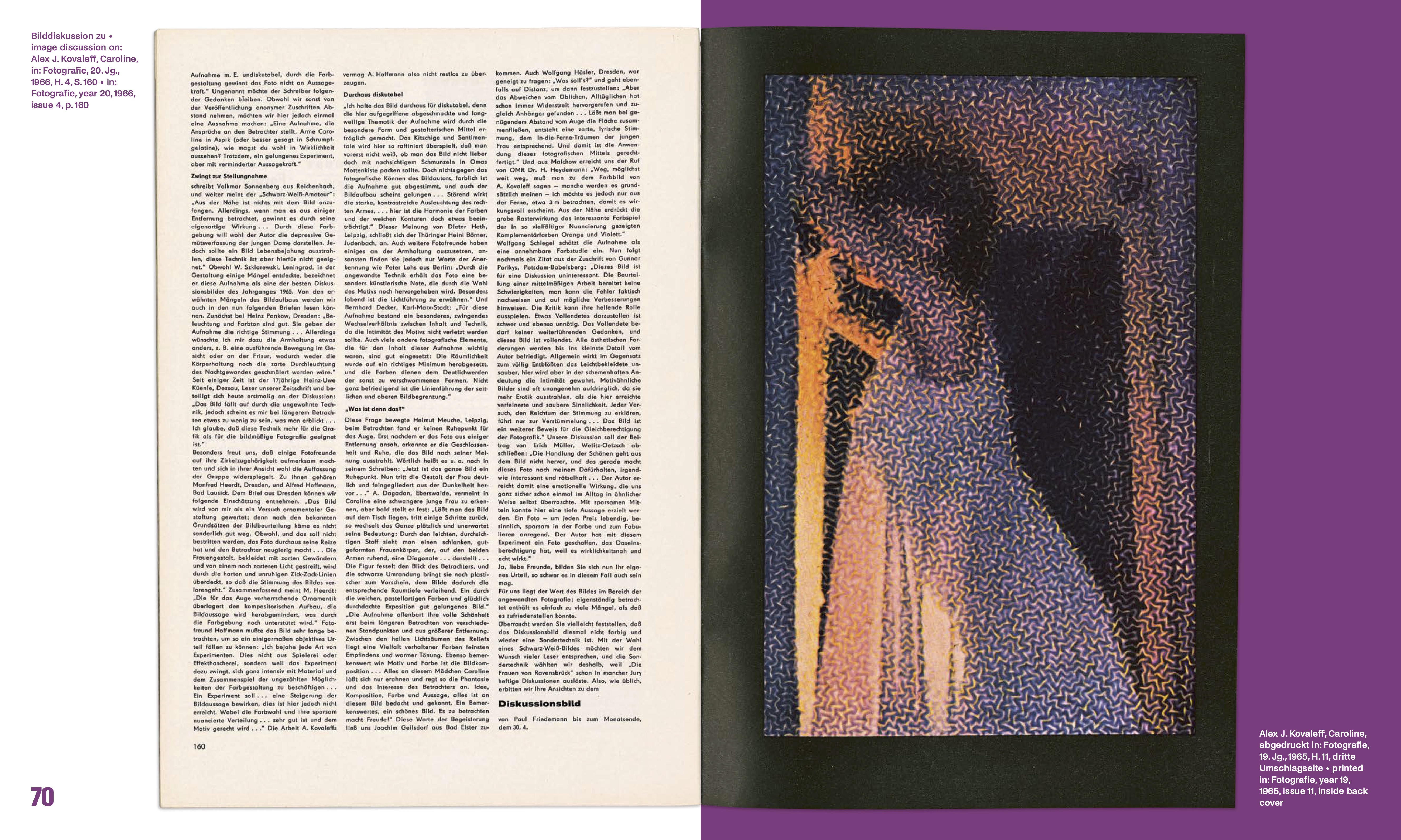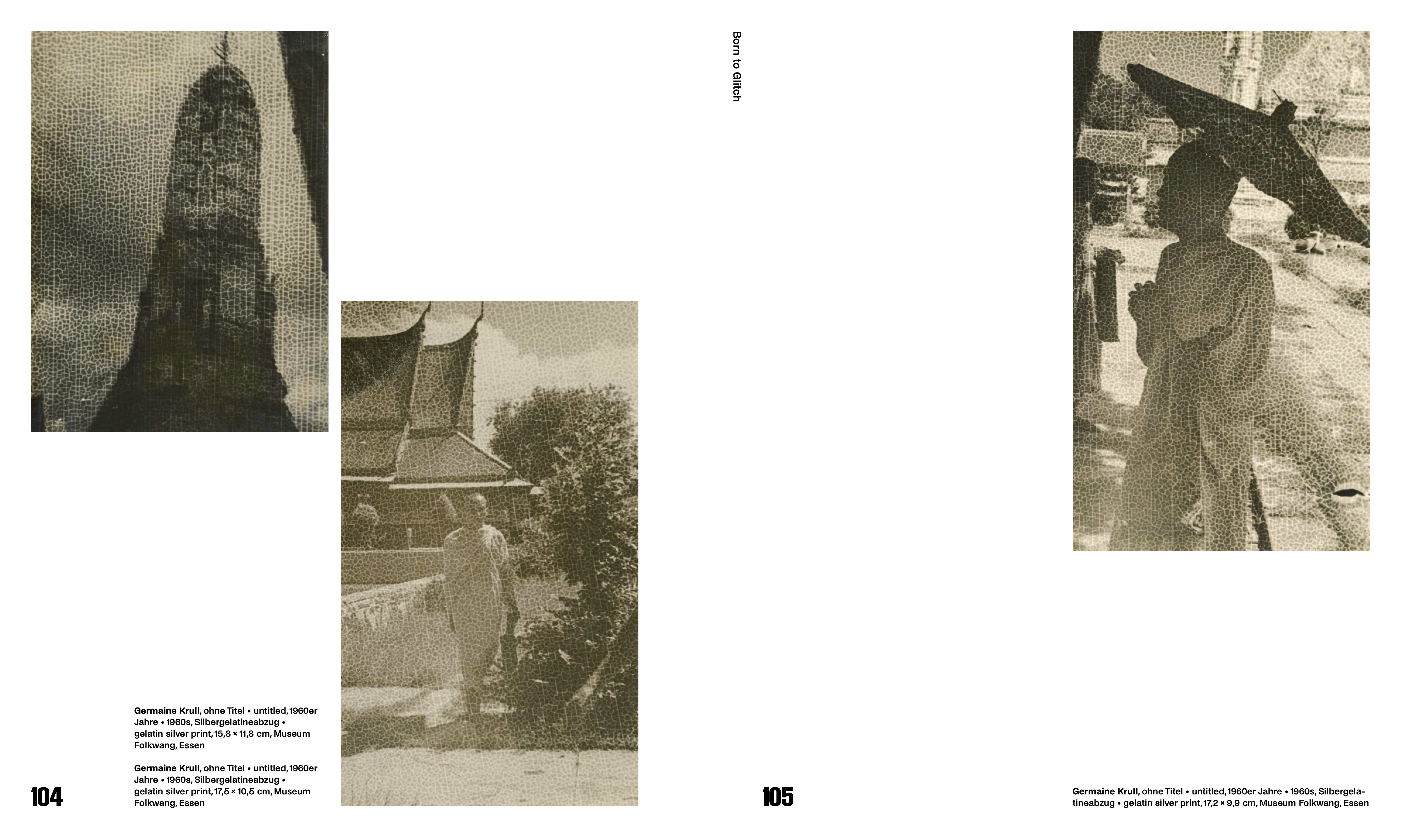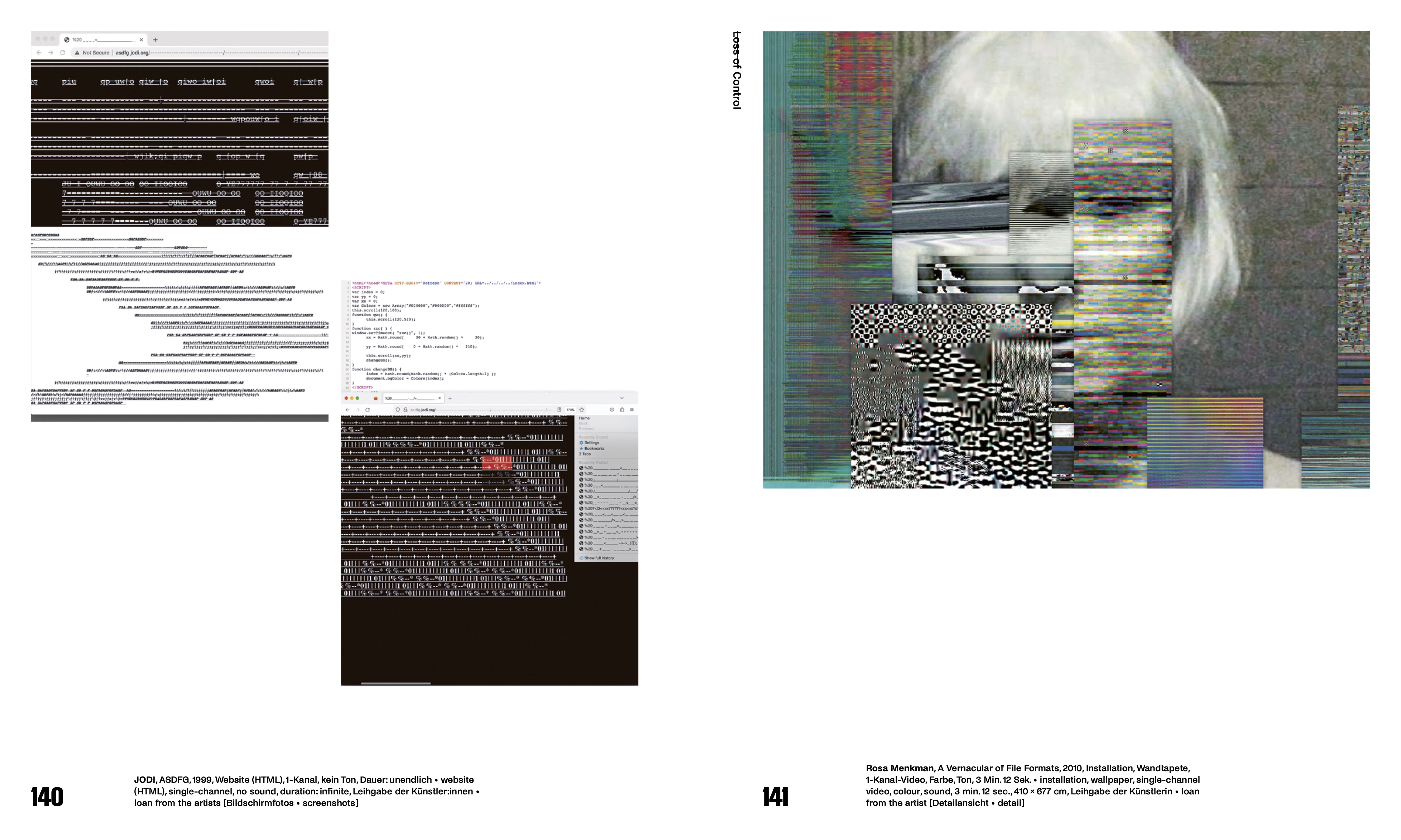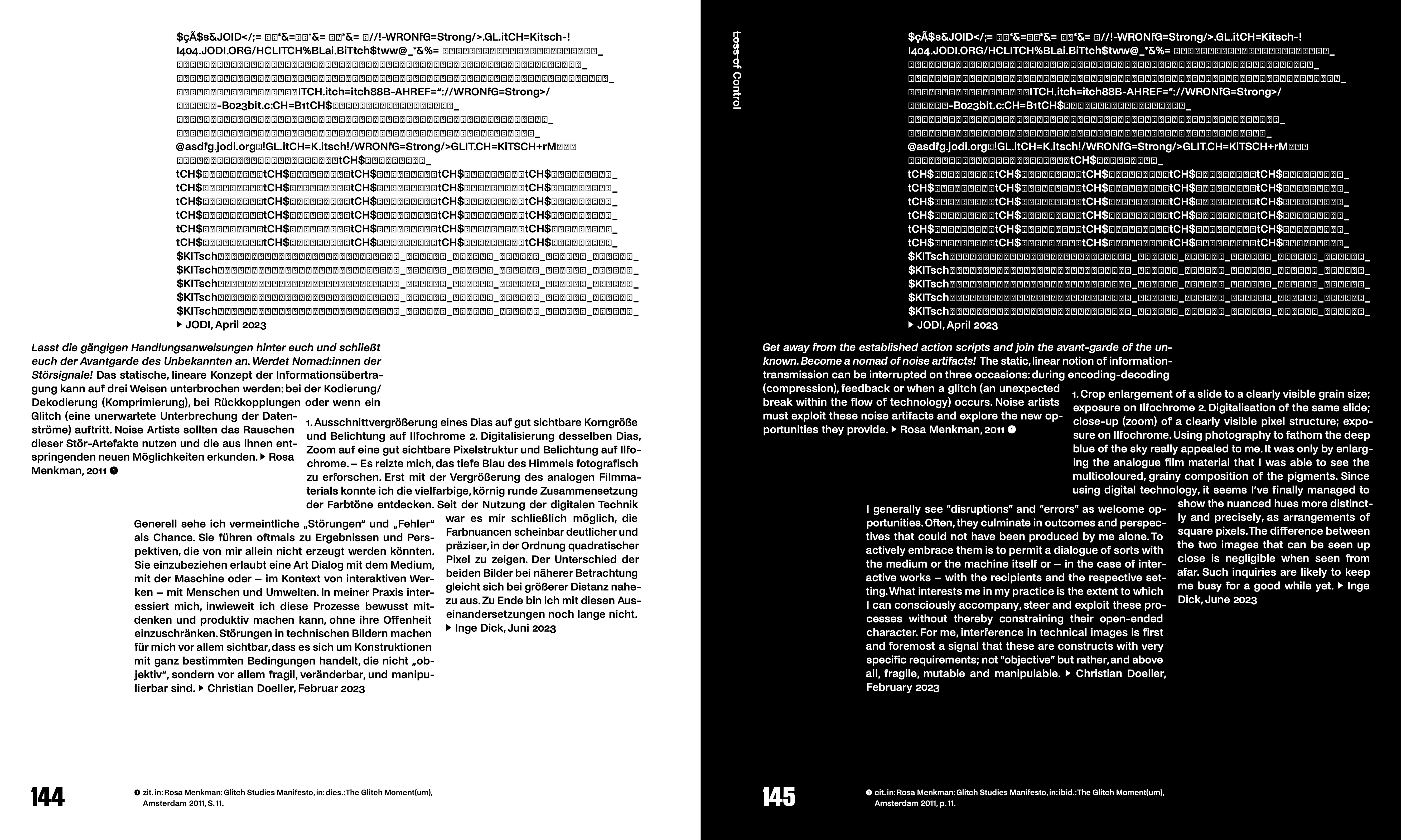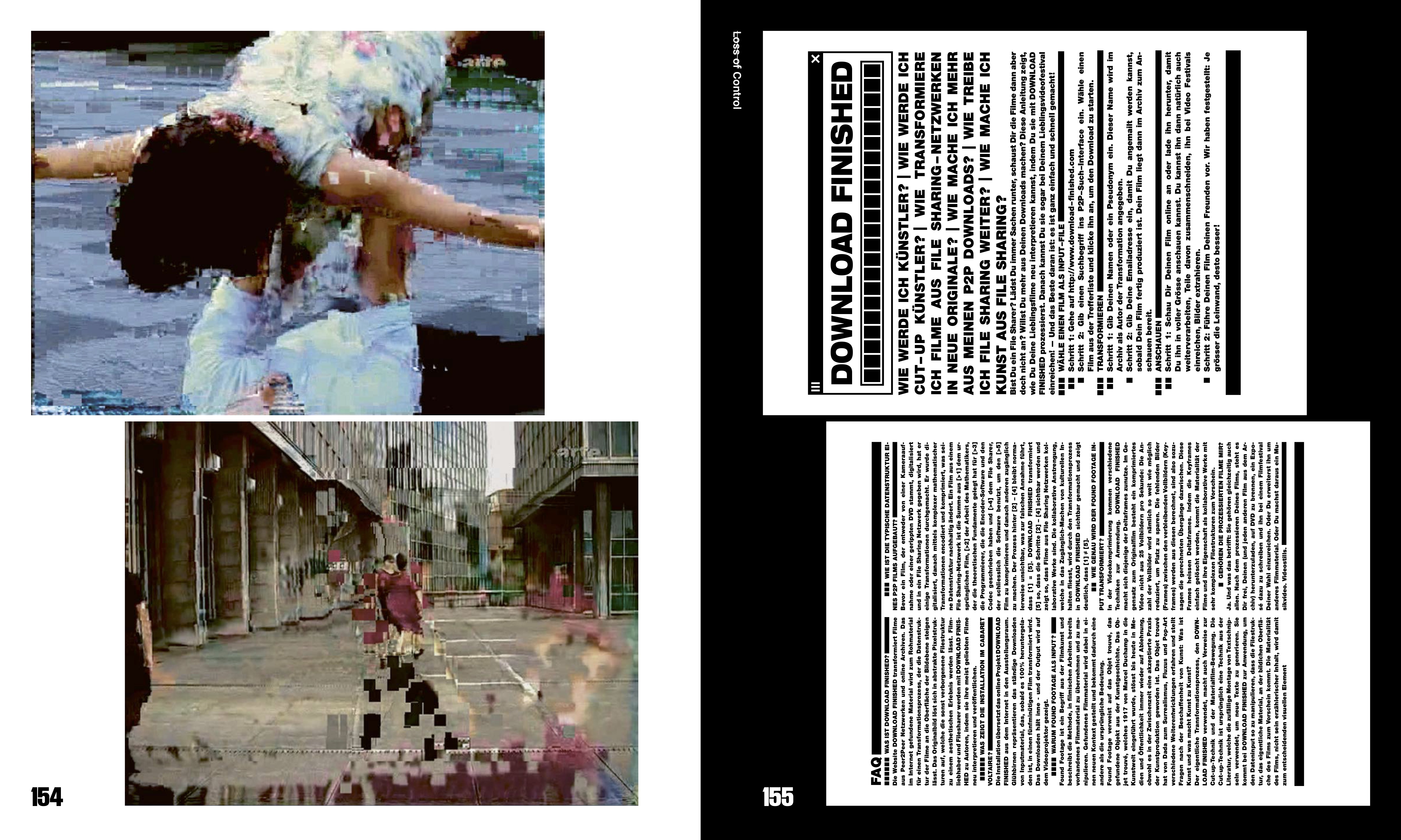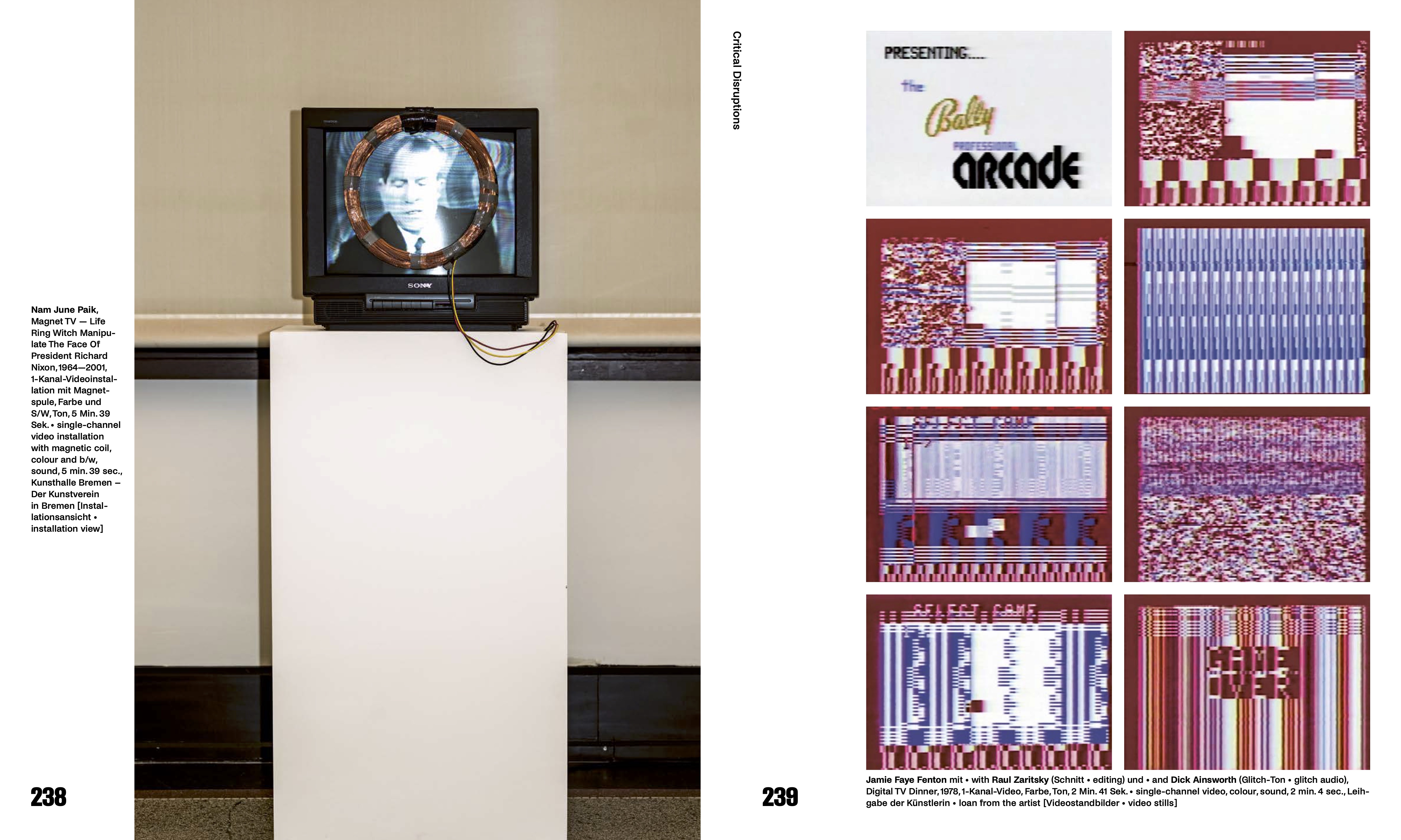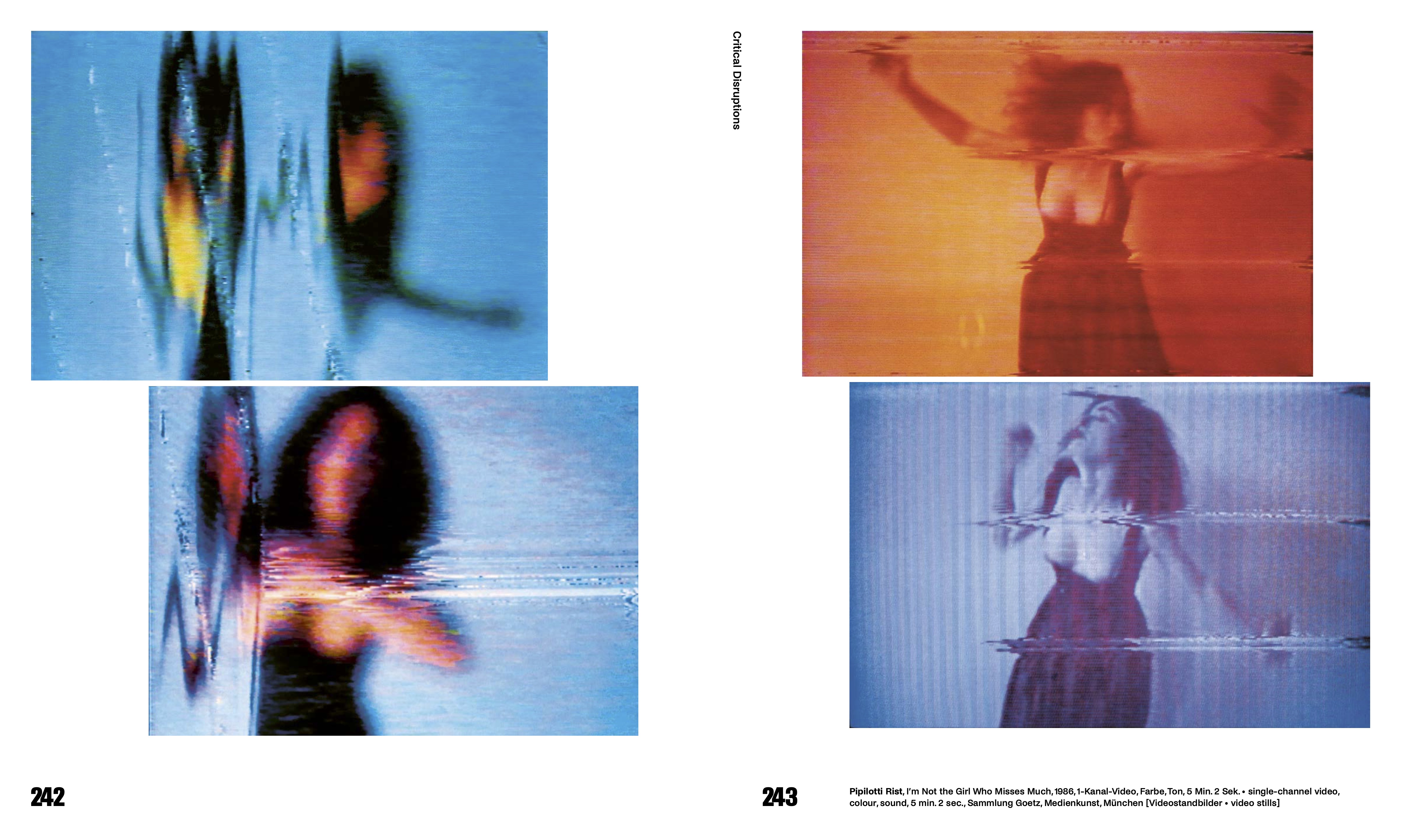Glitch. The Art of Interference
Bayerische Staatsgemäldesammlungen
-
EditorFranziska Kunze / Bayerische Staatsgemäldesammlungen in collaboration with Katrin Bauer
-
LanguageGerman/English
-
Format22.5 × 27 cm
-
Features292 pages, 191 color images and b/w images, hardcover with half linen
-
ISBN978-3-95476-600-0
-
ReleaseDecember 2023
-
Price€42.00
A First Comprehensive Survey of Glitch as a Phenomenon in Art
Cracked smartphone displays, distorted images, colorful pixel structures: as one of the youngest and most unpredictable art forms today, glitch art specifically directs our attention to the aesthetic of the flawed. Initially used in technical jargon among radio and television engineers in the 1950s, the term glitch (from the early New High German verb “glitschen”, meaning to [left] glide or from the Yiddish “gletshn”, to slide, slip, or skid) soon comes to designate coding bugs or graphic errors in computer games. A glitch is the unexpected result of a malfunction. In the art context, disruptions find immediate expression in the realm of computer-generated images, in digital media and Internet art. The roots of technical “glitches” reach back to the early days of photography; as an artistic strategy directed against recognized forms of expression, they evolve in avant-garde film and video art and, finally, in digital image media and net art, where instances of image interference are intentionally provoked or deliberately programmed.
The catalogue Glitch. The Art of Interference is the first comprehensive survey with a historical derivation of the potential of glitches in art, media, and society. With works by Maya Dunietz, Jake Elwes, JODI, Joan Jonas, Germaine Krull, Ryoichi Kurokawa, Mame-Diarra Niang, Carsten Nicolai, Kazuma Obara, Nam June Paik, Jiang Pengyi, Sondra Perry, Man Ray, Pipilotti Rist, Steina Vasulka, amongst others, alongside with historical magazines and guidebooks on how to avoid photographic errors. In essays and free-forming writings, Franziska Barth and Markus Rautzenberg, Katrin Bauer, Nick Briz, Doris Gassert, Ute Holl, Justyna Janik, Franziska Kunze, Rosa Menkman, Mame-Diarra Niang and Agnieszka Roguski provide broader insights into the recent fields of research on the global phenomenon of glitch art.
